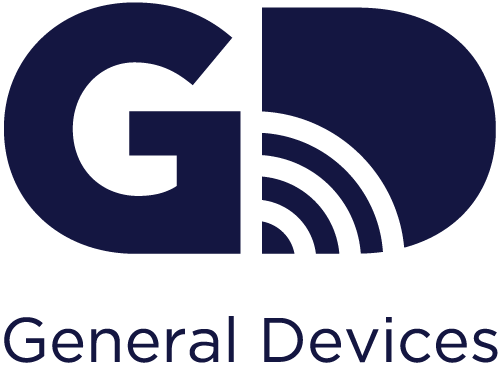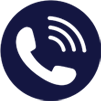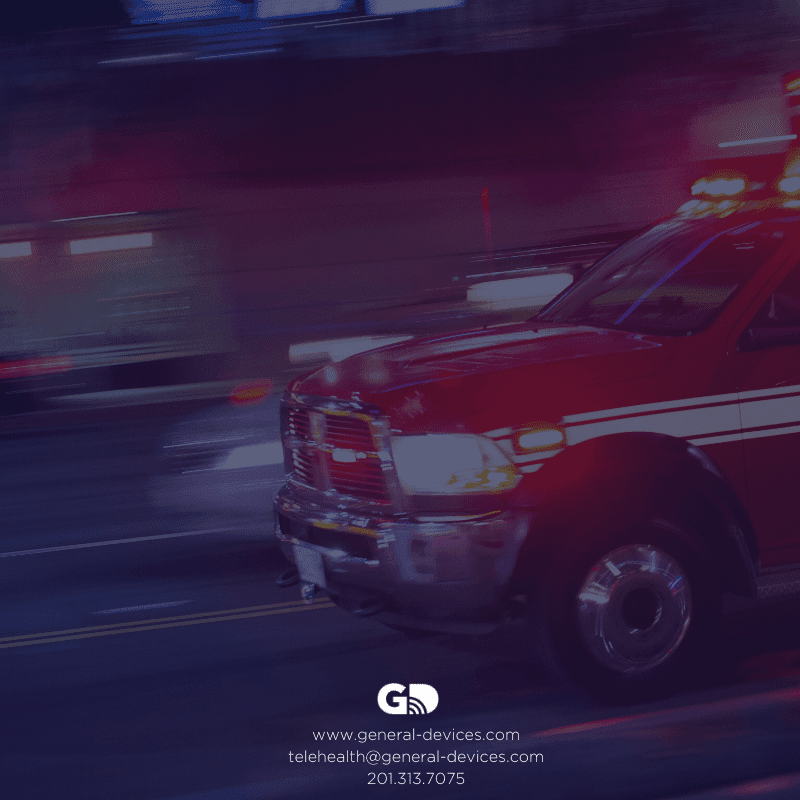Telehealth and Disaster-Response
Our current reality is one of necessary preparedness. The world is quite an unpredictable place. Large-scale disasters are very real, very possible and very daunting to address- but we are nevertheless faced with the challenge of being ever-prepared for whatever may occur, whenever it may happen.
Telehealth provides many one-on-one benefits to both patients and providers; saved time, saved money, and increased satisfaction for both parties to name a few. But telehealth can, and does, also perform on a much-larger scale, drawing distant teams of responders together during mass casualty and large-scale disasters to implement life-saving care to the masses.
Using telehealth, first responders arrive on scene with a full virtual team at the ready. Depending on the scale of the disaster, EMT’s can connect with Fire and rescue; hospitals and healthcare centers; Red Cross personnel; other local EMT organizations; and even the military. Using easy-to-operate smartphone applications and tablets, this virtual team can capture and share data and implement a plan of action.
Of course, the first focus of telehealth is always patient care, and that is no different during a disaster. Telehealth applications allow responders to set up triage in the field, facilitating the capture and transmission of vitals, photos and other patient data to nearby hospitals, who can assist in care protocol.
As the use of telehealth increases across the country, organizations large and small are beginning to adopt it for coordination of large-scale disaster response. The Red Cross is deploying telehealth in the aftermath of earthquakes, hurricanes and other natural disasters worldwide; the US military is seeing its benefits on the battlefield. Hospitals are using it for disease-outbreak response, for everything from flu clusters to the 2014 Ebola outbreak. The implementation of telehealth was during the Ebola outbreak was found to be “tremendously useful in protecting healthcare workers…by allowing patients to be examined, interviewed and monitored remotely.” (Drobac, 2014)
And implementation of these virtual teams is working. According to a recent study published by the National Institute of Health, “health outcomes are typically better when telemedicine is used in disaster scenarios of various scales.” (Xiong et al, June 2012)
In short, telehealth gives a response team the tools to arrive in the midst of scattered chaos, provide a sense of order, and save a magnitude of lives, one at a time.
About GD (General Devices)
GD enables smarter patient care by empowering hospitals, EMS, community healthcare and public safety with the most comprehensive, interactive, configurable, affordable, and integrated FDA listed medical communication and mobile telemedicine solutions. The benefits of which are enhanced workflows, minimized risk, reduced costs and improved patient outcomes. Learn more at www.general-devices.com


